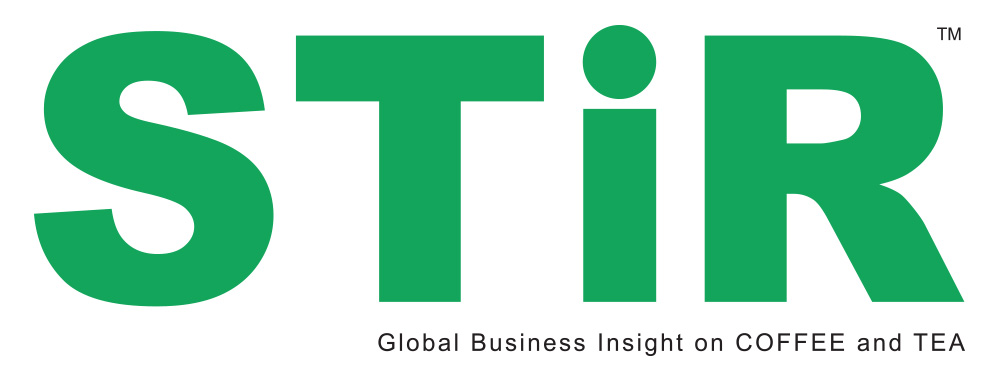
Chemical fingerprint-traceability: Queen’s University Belfast is developing protocols that will enable laboratories worldwide to trace the origin of tea as well as to detect adulterants.
The Institute for Global Food Security is analyzing the leaf chemistry of tea sampled from a broad range of geographical locations to create a map identifying the “chemical fingerprint” of tea.
These protocols will verify that tea was grown at the stated origin as marketed. Blends are easily sorted by origin and adulterants are easily spotted. The rigorous examination uses state-of-the-art spectrometry and artificial intelligence modeling to also identify the presence of bulking agents, dyes, soapstone, plumbago, and gypsum. In their review of vulnerable food supply chains, Professor Chris Elliott and researcher Dr. Di Wu found tea to be at high risk due to the complicated nature of tea production, making authenticity testing a tricky undertaking, according to New Food Magazine.
The recent inclusion of traceability in a formal definition of specialty tea by the European Speciality Tea Association attests to its significance in defining premium value. Traceability is also critical in the commodity sector. The Tea & Herbal Infusions Europe (THIE) offers guidelines to reduce risks “of any raw materials intended for use as tea or (herbal infusions) from the point of initial growing, through the harvesting, primary process shipping, and storage prior to final processing.”
Elliott, a professor of food safety with the (Assured, Safe and Traceable) ASSET Technology Centre at Queen’s University Belfast said that “once these statistical models are built, they will be validated with further samples of known origins to calculate the predictive capability of the methods. The most robust (accurate) technique will be selected, and the method will be fully validated to international standards. “This method will then be transferred to laboratories across the world,” said Elliott.
The ASSET center, located in the School of Biological Sciences, recently moved into a $55 million (GBP 40 million) facility examining the origins of many foods including rice. Elliott has been involved in food safety research for the past decade when he managed a program to ensure the safety of animal feed, a program that involved food safety researchers in six countries. The program established procedures for food fraud, identify risks to the food chain and develop new technology for use at ports, factories, and in labs to detect contamination quickly and at low cost. On achieving these results, the center is now at the forefront of handheld spectroscopy that can be used at any link of the supply chain.
Elliot said that he is seeking partnerships with tea companies and research organization as well as major retailers to join in the effort to improve the integrity of the world’s tea supply chains. Contact him at Institute for Global Food Security | IGFS@qub.ac.uk |

